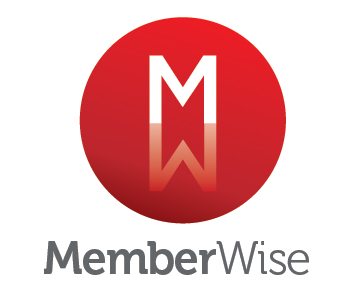Membership organisations are built on public trust, stewarded by governing boards and sustained by thousands of individual members, but even the most respected membership bodies are vulnerable to governance failure. When it happens, the results can be dramatic: collapsing reputations, regulatory scrutiny and lost members.
In this blog, we look at two examples, a leading business organisation and one of the largest membership organisations in the UK, to examine what they tell us about the risks boards must anticipate and address.
Culture without scrutiny
In 2023, a prominent business lobbying group was rocked by multiple allegations of sexual harassment and toxic workplace culture. The scandal led to the dismissal of its leader and further accusations plunged the organisation into crisis. Inadequate safeguarding policies, a lack of board-level intervention, and poor internal communication created a perfect storm.
High-profile member companies publicly withdrew their support and the government paused its engagement. Multiple leadership figures were forced out or stepped aside amid the turmoil. In short, the organisation’s ability to speak on behalf of its members was gravely undermined.
For governance professionals, this case is a sobering reminder that a healthy culture must be matched with scrutiny. Boards need the training, confidence and mandate to challenge poor behaviour, enforce standards, and act decisively before a crisis erupts.
Distance from members
One of the UK’s largest professional bodies endured a damaging governance crisis from 2019 to 2021. The problem began with a suppressed internal audit report in 2018 that raised serious concerns about financial management and oversight. Attempts by some non-executive directors to escalate these issues were initially stifled, creating further mistrust. Ultimately the situation culminated in the forced resignation of the Chief Executive, the President, and several board members under public and member pressure.
An independent review criticised structures as “defensive and opaque” and noted a troubling gap between the executive leadership and the broader membership. A subsequent governance review reinforced failures of internal governance but also in stakeholder engagement, the institution had become too insulated from its own members.
The lesson here is clear: governance frameworks must be designed to include ongoing accountability to members. Boards should be trained to scrutinise not only finances and risk, but also how effectively the institution listens, reports back, and corrects course when needed to maintain member trust.
In summary
These examples show different types of governance risk: culture and conduct failure or structural opacity and stakeholder neglect. In each case, a better-trained, more confident board might have changed the outcome.
At The Chartered Governance Institute UK & Ireland, our bespoke training and board development programmes are designed to meet the specific needs of membership organisations. To find out how we can support your board, visit: https://www.cgi.org.uk/qualifications-training/bespoke-training/strategy-leadership-and-governance-support/











Leave A Comment